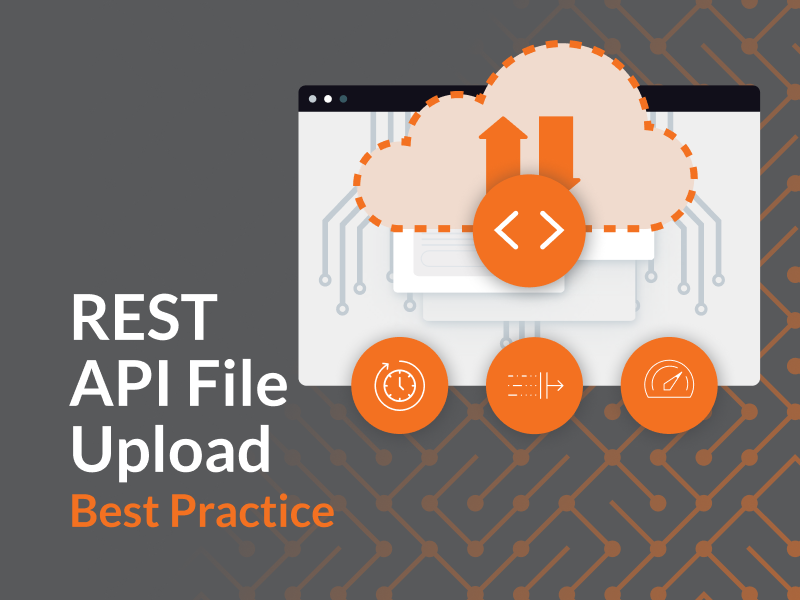RESTful APIs are a powerful tool for building interactive applications, and a frequent need is uploading files to a server. This article will guide you through the process, ensuring your file uploads are smooth and efficient.
Understanding the File Upload Process
There are two main approaches to consider when uploading files through a RESTful API:
- Multipart Form Data: This is the most common method. The file is split into parts along with additional data like filename and content type. These parts are then sent to the server as a single HTTP request.
- Separate Calls: Here, you might send metadata about the file (like filename and size) in one API call, and then send the actual file content in another. This approach is less common and might be used for very large files.
Choosing the Right Tool
The method you choose depends on your specific needs and the programming language you’re using. Many languages have libraries that simplify file uploads using multipart form data. Tools like Postman can also be helpful for testing your API calls.
Crafting the Request
Here’s a general outline for constructing a file upload request using multipart form data:
- HTTP Method: Use POST, as it’s the standard method for creating or updating data on a server.
- URL: The API endpoint URL provided by the server specifically for file uploads.
- Request Body: This is where the multipart form data comes in. Consult your programming language’s documentation for creating multipart form data requests.
- Headers: Include headers like “Content-Type” set to “multipart/form-data” to indicate the request format. You might also include authorization headers if required by the API.
- File Data: This is the actual file content being uploaded.
Server-Side Considerations
On the server-side, your API needs to be able to handle multipart form data requests and securely store the uploaded files. Security is especially important, as you don’t want to expose your server to malicious file uploads.
Wrapping Up
By following these steps and considering the different approaches, you can effectively upload files through RESTful APIs. Remember to consult the specific API documentation you’re working with for any additional requirements or guidelines. With a little planning and the right tools, you can streamline your file upload process and create a robust and user-friendly application.


